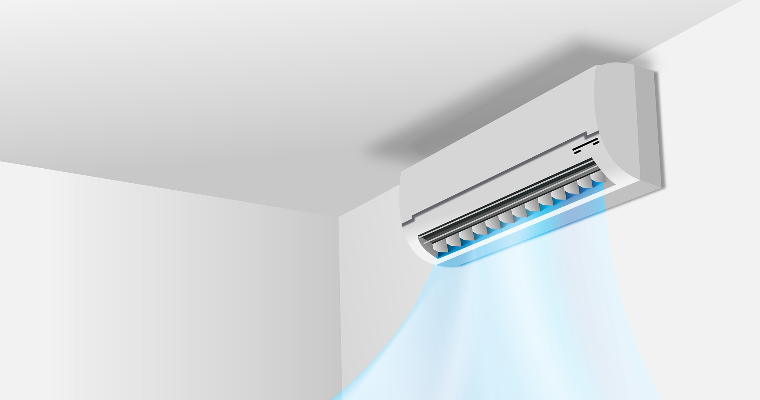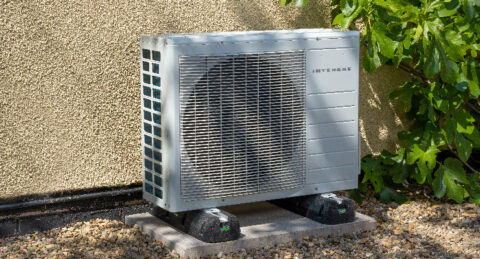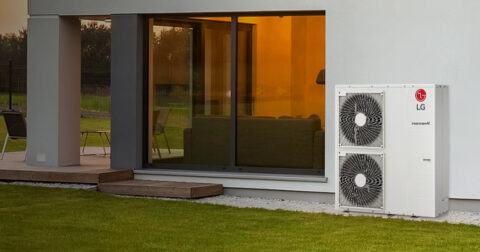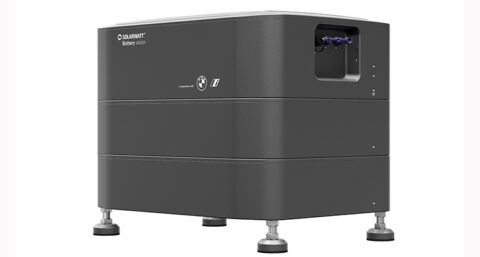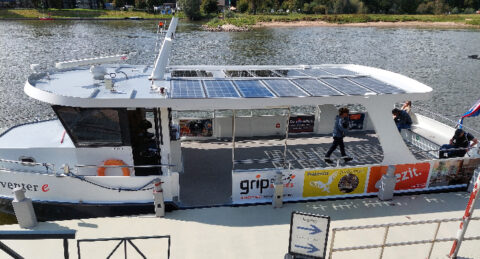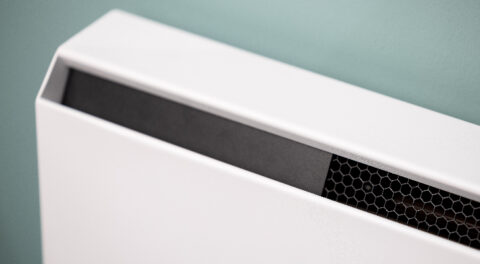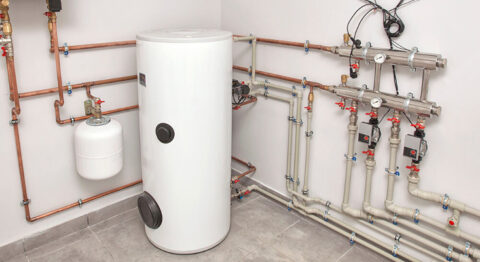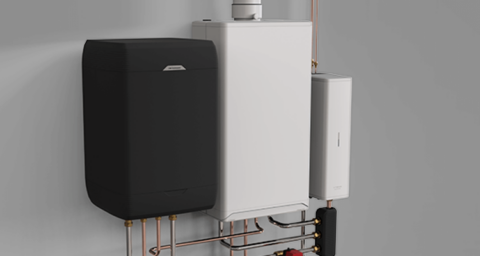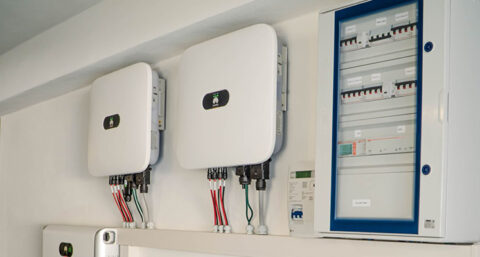It's getting hot again and so the Netherlands is diligently searching for the right air conditioner. Air conditioners come in many shapes and sizes, so there are a number of important choices to make. As an installer, you can work with your customer to come to a well-considered and well-founded recommendation.
Sometimes people run across a mobile air conditioner by chance in the local hardware store or at a shopping mall. This seems like an ideal solution that is also easy to take home in your trunk and turn on immediately. It is important to emphasize that this type of air conditioner has some considerable limitations, even though it seems like a simple and inexpensive solution.
Deployment of air conditioning
Because in contrast to easy and cheap, the energy consumption of a mobile air conditioner is very high, while its cooling capacity is limited. The thing is also often in the way and very heavy, making moving it more difficult than you might initially think. Also, the drain hose winds openly on the floor and you have to leave a window or door ajar which you then have to provisionally seal. A mobile air conditioner is really only useful as an extra cooling device for a room (whether or not it is changing or rather remote) that only needs to be cooled occasionally.
A fixed air conditioner is almost always the smarter choice, is more versatile and offers additional benefits. Your (potential) customers probably already know this air conditioning type from the outdoor unit hanging here and there on facades and in gardens. This is a split unit in which a large part of the air conditioner is located outside the house (or other building). These are also the parts that make the most noise. The indoor unit of this air conditioner can therefore remain compact and hardly makes any noise. Piping does have to be drawn, however, so installation is more radical than with a mobile unit.
Cooling one or more rooms
With that, it is essential that customers think carefully beforehand about the rooms to be cooled. Living room? Bedrooms? Workroom or attic? This because of the optimal placement of an outdoor unit, the laying of the necessary piping, but also because it is of course much more efficient to regulate everything at once and because of the maximum number of connections that fit on the outdoor unit.
If a customer is convinced that only one room is involved, a single-split air conditioner may suffice. Ask well, though, because in many cases it may still be smarter to install a multi-split air conditioner, so that expansion can always take place and no disinvestment is made.
Air conditioning installation
Another important choice is that of the type of indoor unit. Will it hang under the ceiling, high or low on the wall, or should it be built into something like a suspended ceiling. This could possibly vary from room to room as well. The exact placement is also an important choice you make with your customer. Customers need coolness, but may not want to sit or sleep in a constant stream of cold air. For something like a bedroom, be sure to also choose indoor units that make as little noise as possible. As for the outdoor unit, in turn, it is important to determine in advance whether it will be hung on the facade, or placed in the garden or on a flat roof.
Limited space
In specific situations, you can opt for a fixed air conditioner that you place against the wall like a radiator and in which all the air conditioning components are located. This must be the inside of an exterior wall, because the supply and return lines are on the back of the unit and go directly outside. As a result, only two grilles need to be installed outside. Ideal for something like an apartment where an outdoor unit is impossible or very difficult to place. With this air conditioner you cool one room and it makes more noise than a split air conditioner.
Additional choices
Inquire whether the air conditioner might be used as an auxiliary heater once temperatures plummet again and to what extent the indoor air should be purified by the unit. Additional gadgets such as a convenient remote control, smart features and Wi-Fi connectivity for control via an app are also considerations.
An entirely different choice is that of refrigerant type. Whenever possible, choose refrigerants with extra-low GWP to minimize environmental impact. Pay further attention to the energy efficiency class, think A+++ or A+++.
Whatever the air conditioning type, always consider the volume of the room(s) to be cooled and the (total) amount of cooling power required to do so. Also include the degree of insulation of a property in this calculation.

